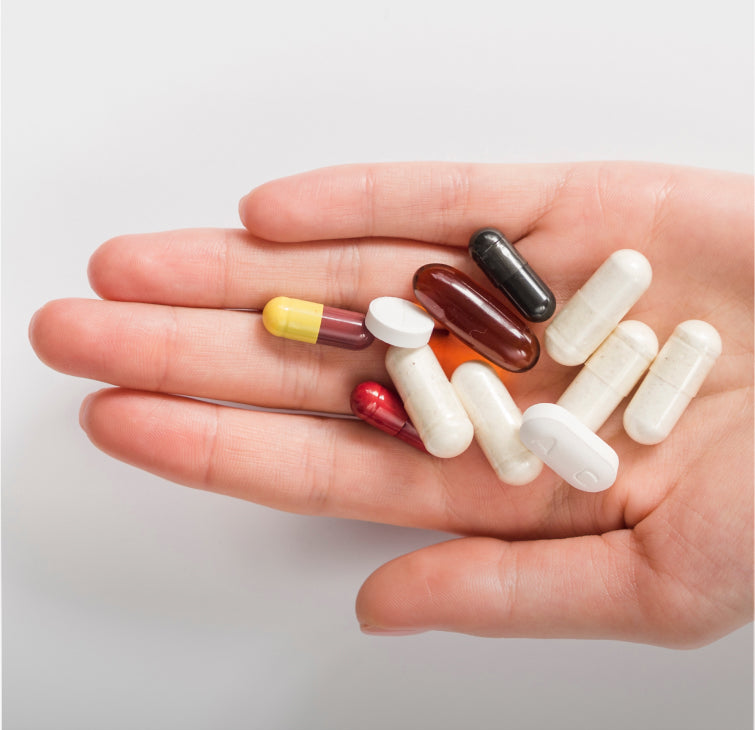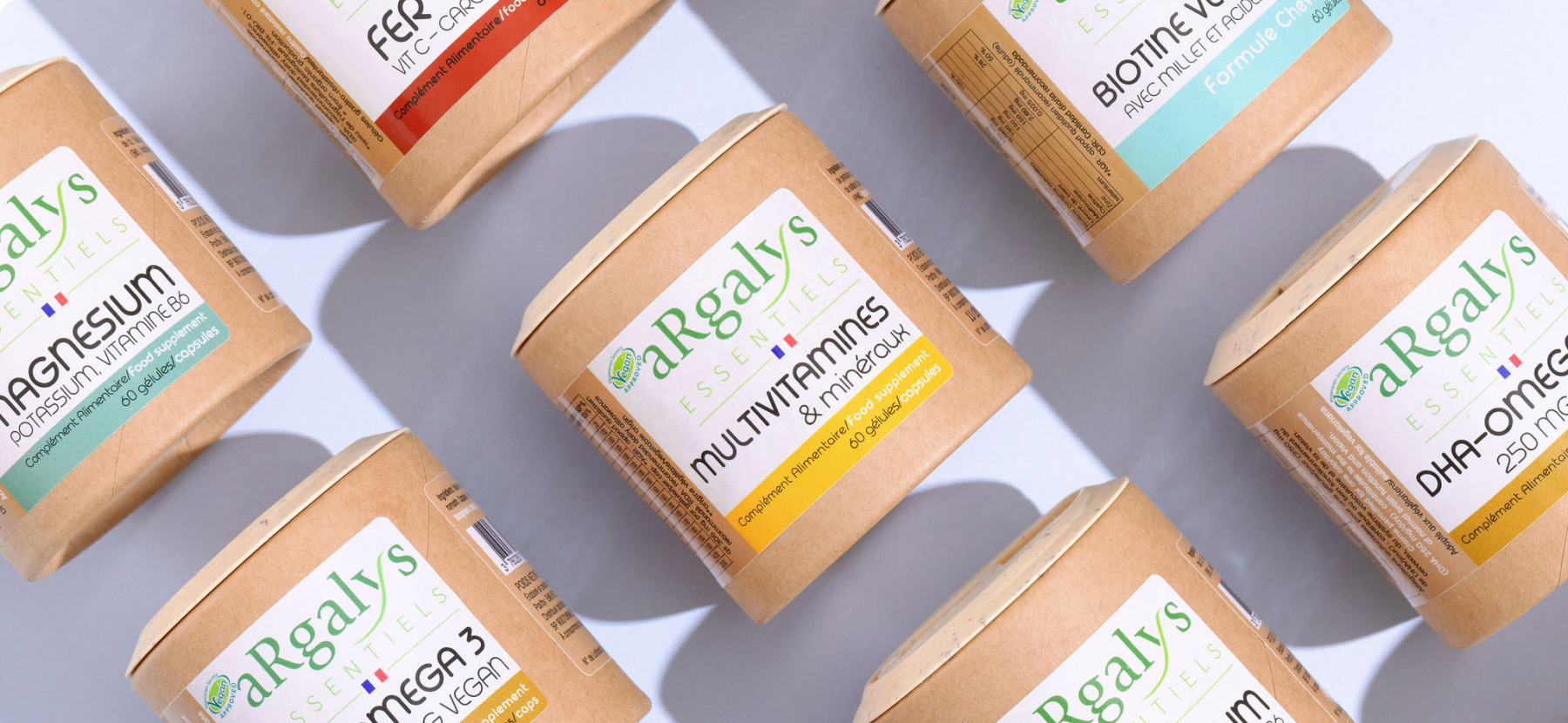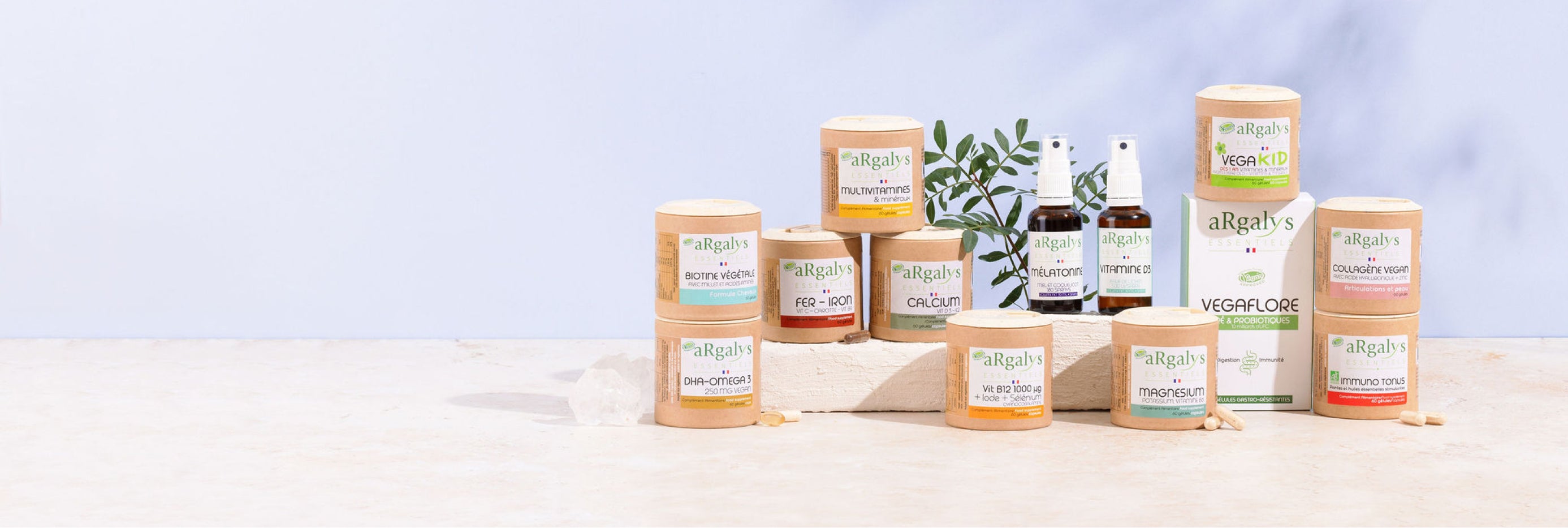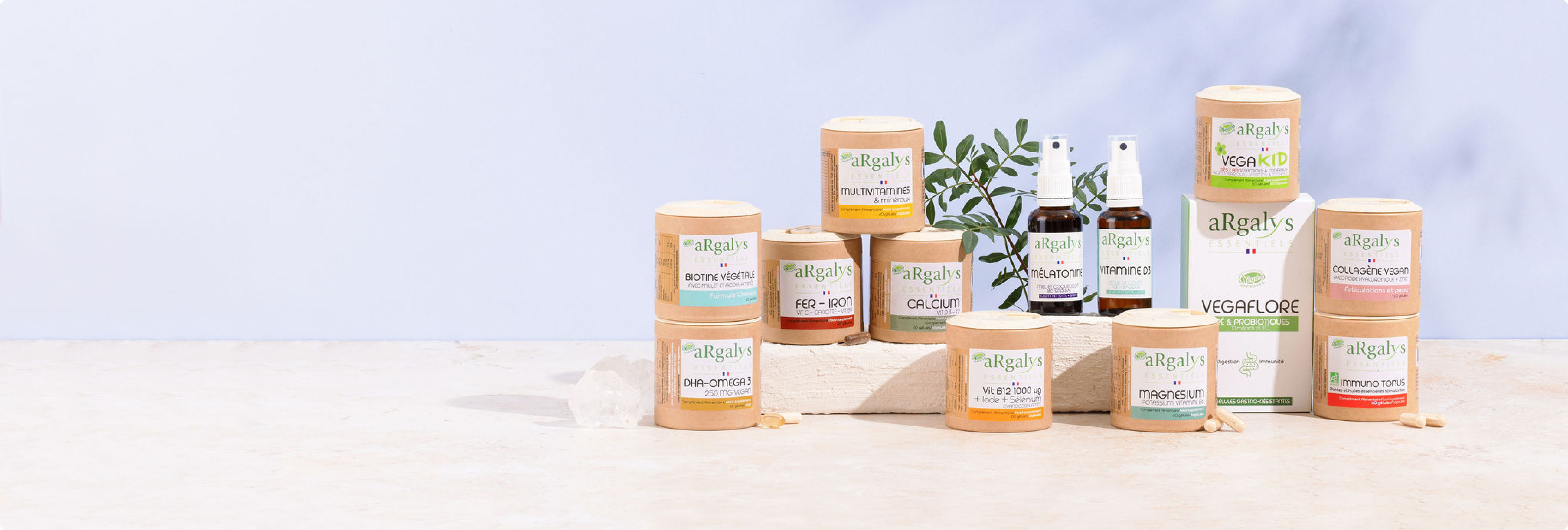Selenium is an essential trace element for the body. In this article we will answer the main questions about it:
- What is its role in health?
- What are the benefits of selenium?
- Which ones do European health authorities not recognize?
- What are the risks associated with a deficiency?
- How to cover your daily needs?
What is selenium?
Selenium is a non-metallic mineral element. It is represented by the symbol Se.
For biology, it is a trace element, that is to say a mineral salt present in small quantities in the human body.
However, it is essential for the proper functioning of the body and to be in good health. Indeed, selenium is involved in numerous metabolic reactions.
What is the role of selenium?
Selenium has long been presented as a trace element with multiple virtues, without these being well specified.
Since 2012, European health authorities (EFSA) have carefully examined each of the purported benefits of selenium.
What are the proven benefits of this trace element? Which ones are without scientific basis to date?
Selenium, key element against cellular aging
The antioxidant properties of selenium are scientifically recognized.
In association with Vitamin E, selenium effectively protects cells against the effects of free radicals by stimulating the production of glutathione peroxidase (GPx).
It is GPx which neutralizes excess free radicals. The latter are responsible for premature aging of the skin and certain diseases (cancer, cardiovascular disorders, etc.).
What are the other recognized benefits of selenium?
However, the antioxidant role is not the only benefit of selenium. It is in fact involved in many other biological mechanisms such as:
- Hair and nail growth: selenium contributes to the robustness and health of the appendages (hair and nails);
- The proper functioning of the immune system;
- Sperm production and mobility;
- Normal functioning of the thyroid.
What are the unproven benefits of selenium?
In 2012, the same European health authorities also indicated that selenium has no scientifically proven benefits on:
- Protection of the skin against UV rays;
- Joints ;
- The cardiovascular system;
- Memory ;
- Detoxification of the body from heavy metals;
- Prostate.
What are the daily selenium requirements?
The recommended nutritional intakes (ANC) of selenium depend on the age and activity of the individual. For a man, the ANC is set at 70 mcg per day. For a woman, it is 60 mcg per day. In the event of pregnancy, it is advisable not to exceed the recommended intake, i.e. 60 to 70 mcg per day.
The daily dose should be significantly higher:
- In seniors aged 80 and over to compensate for increased oxidative stress. 80 mcg per day also ensures proper functioning of the immune system;
- In athletes to compensate for effort and the oxidative mechanisms that result from it. The increase in intake can be up to 30 mcg.
What are the risks of deficiency?
Selenium intake has been less and less well covered in recent years.
The cause is food products (plants or animals) from environments depleted in selenium (greenhouse crops, etc.).
However, the risk of severe selenium deficiency is relatively rare. On the other hand, when it is proven, it often results in a fragility of the immune system. In children, this is a breeding ground for Keshan disease, a rare form of cardiomyopathy.
Mild selenium deficiency can be diagnosed through a range of symptoms. Among these, lasting fatigue, greater susceptibility, depressed mood, lower efficiency of the immune system or a thyroid problem.
The diagnosis must then be confirmed by medical analyses.
How to cover your daily needs?
Like manganese or vanadium, selenium cannot be synthesized by the body.
Only food can cover the daily nutritional intake that we need to be in good health.
What foods are rich in selenium?
Selenium is not broken down by heat or cold.
In fact, many foods, even when cooked, provide it. But the average content of this or that type of food remains very theoretical and largely linked to the selenium content of the soil (fish excepted!) from which it comes. Livestock or vegetables grown in greenhouses or hydroponics have levels lower than the assumed average.
The subject is important enough that a global map of the selenium content of soils is currently being carried out.
Subject to certain average contents (per 100 gr):
- Brazil nuts 100 µg
- Lentils, chickpeas: 40µg
- Cabbage, artichoke: 10/15 µg
- Egg yolk: 50/70 μg;
- Fish: 20/40 µg;
- Calf's liver: 20 µg;
- Wholemeal bread: 5 µg;
- Mushrooms: 3/5 µg.
Why food supplements rich in selenium?
As mentioned above, even with a varied diet, it is difficult to estimate actual selenium consumption due to the great variability of selenium in common foods.
Taking food supplements dosed with precision and moderation in selenium makes it possible to make up for any possible Se deficit in our diet.
The acceptable daily intake range remains wide enough so that supplementation dosed according to the Recommended Daily Allowances (RDA) is always tolerated by the body.
The Maximum Daily Dose for Adults is set at 400 µ/day (more than 5 times the Recommended Dose). Note that pregnant and breastfeeding women must respect intakes consistent with the RDA.
There is obviously no interest in occasional or lasting overdoses of selenium, which is why it is necessary to ensure that food supplements rich in selenium have been declared to the Dgccrf (in France) which ensures the conformity of the dosages according to EFSA and ANSES standards.
Selenium in the Argalys range: 3 formulas contain selenium:
 04 74 03 98 80
04 74 03 98 80









